lordroel
Administrator
Member is Online
Posts: 67,966 
Likes: 49,370
|
Post by lordroel on Nov 17, 2018 14:38:46 GMT
November 17th 1939
|
|
lordroel
Administrator
Member is Online
Posts: 67,966 
Likes: 49,370
|
Post by lordroel on Nov 17, 2018 19:26:53 GMT
November 17th 1939
The last big demonstrations against the German occupation of Czech territories take place. Following the funeral of student protest leader Jan Opletal on the 15th, many Czech students protest on the streets of Prague once more. The massive demonstrations are violently suppressed by the Germans. Hitler gives permission to execute protesters without trial, and says that if there would be any more demonstrations, he would ‘flatten’ Prague. Nine Czech students die by German Gestapo bullets that day. In addition, the Germans close Czech educational institutes.
Many more students, roughly 2000, are arrested. 1200 of them will be sent to labour and concentration camps, the other 800 will be set free. German authorities wanted to shut down the ‘intellectuals who, in cooperation with ex-president Benesj, were disturbing the peace in the protectorate of of Bohemia and Moravia.’ The Czech colleges in Prague are shut down for a set period of three years.
|
|
lordroel
Administrator
Member is Online
Posts: 67,966 
Likes: 49,370
|
Post by lordroel on Nov 18, 2018 15:30:48 GMT
November 18th 1939The Dutch passenger steam liner SS Simon Bolivar sinks when it hits two mines off the coast of Harwich. The liner carries 400 passengers and crew on the journey from Rotterdam to the Dutch colonies in the West Indies. Many people are swiftly rescued by nearby vessels, but roughly 84 people die in the incident (sources differ on the exact number). The German Destroyers Wilhelm Heidkamp and Hermann Kuhne put the mines out in the night of the 17th to the 18th. The sinking of the SS Simon Bolivar causes outrage in Great Britain, which accuses the Germans of laying mines in sea routes frequently used by commercial shipping, which violates the 1907 Hague Convention. Photo: The SS Simon Bolivar  World War II Realtime Instagram Account World War II Realtime Instagram Account
|
|
lordroel
Administrator
Member is Online
Posts: 67,966 
Likes: 49,370
|
Post by lordroel on Nov 19, 2018 18:47:34 GMT
November 19th 1939
The first barricades of what would become the Ghetto of Warsaw were set up. Jewish districts were to be put under strict control by the Germans. At the time, Warsaw had over half a million Jewish inhabitants. The Ghetto was set up in an area were 280.000 Jewish people already lived. In November, over 89.000 citizens of Warsaw had to move there as well. Another 26.000 Jewish people from outside the city were forced to move to the Ghetto of Warsaw. Ever since the Siege of Warsaw, the quality of life for the Jewish people in Warsaw had decreased steadily. ‘One prohibition followed the other’, causing the Jewish people to fall victim to famine, disease, isolation, slave labour and random killings. Martin Gilbert writes in The Righteous that ‘Many poles looked with satisfaction at the Jews being moved into the ghetto, even gloating.’ Chaim Kaplan, a Jewish teacher describes the first stages of the occupation of Warsaw in his diary: ‘the Jews of Poland are faced with total extermination. If no sudden means of salvation appears, […] we will witness a catastrophe unprecedented in Jewish history, overflowing with the torments of Hell – the total destruction and eradication of a Jewish community that played such a vital role in our History. It will vanish from the Jewish stage.’ Photo: Forced resettlement of Jews from villages and small cities in Warsaw District to the Warsaw Ghetto. Date unknown. 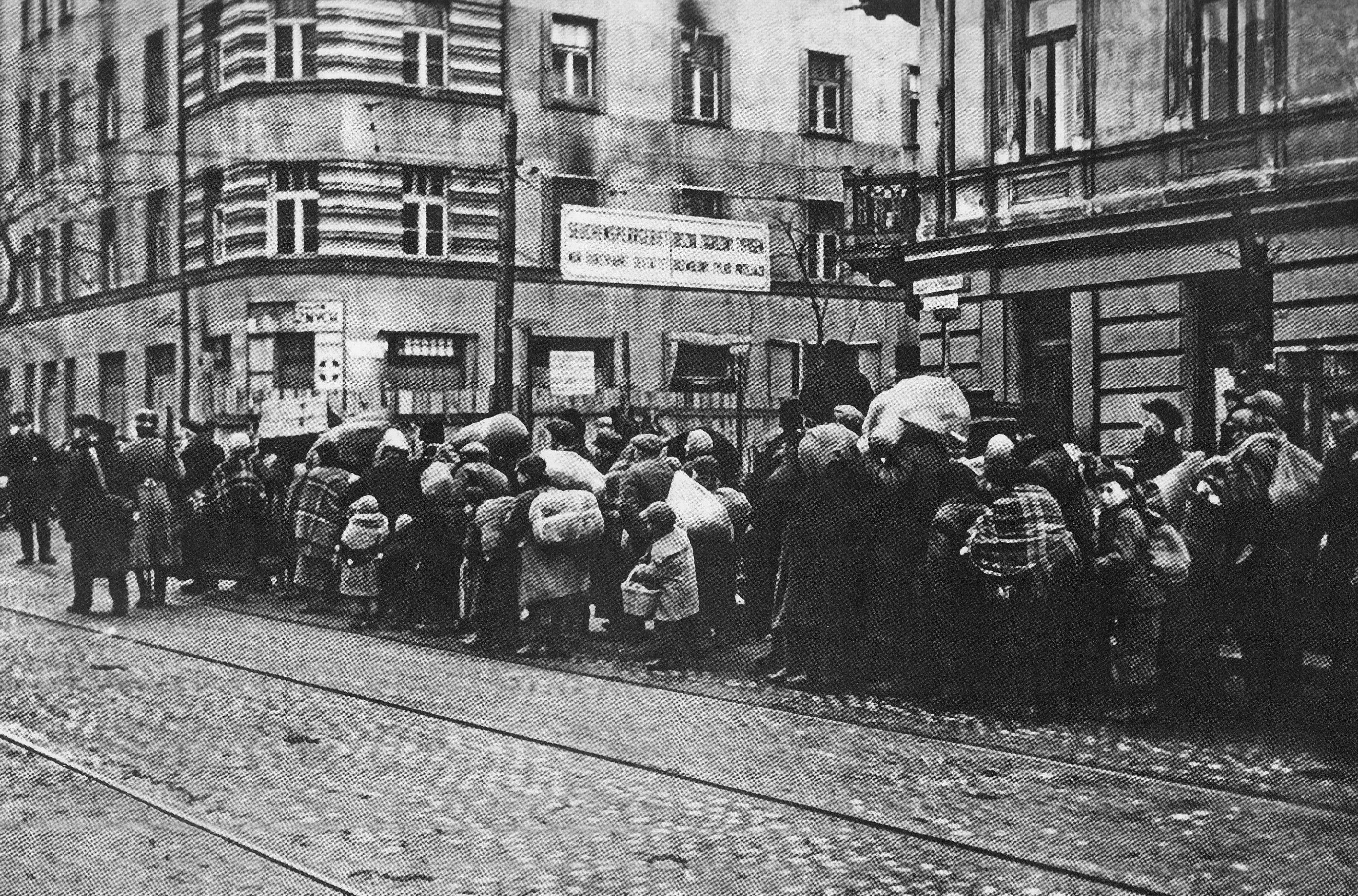 World War II Realtime Instagram Account World War II Realtime Instagram Account
|
|
lordroel
Administrator
Member is Online
Posts: 67,966 
Likes: 49,370
|
Post by lordroel on Nov 20, 2018 16:37:17 GMT
November 20th 1939
Adolf Hitler issues a new directive regarding the war in Western Europe. When the planned invasion of France, Belgium, Luxembourg and the Netherlands on 12 November 1939 was cancelled due to bad weather, Hitler was eager to find a new opportunity. ‘For the time being, a high state of preparedness must be maintained in order to deliver, at a moment’s notice, the offensive which is being mounted. Only thus will it be possible to take immediate advantage of favourable weather,’ Hitler writes in directive no. 8. A big difference compared to earlier directives regarding the invasion of Western Europe is the invasion of The Netherlands: ‘Contrary to earlier directives, all measures planned against Holland may be taken without special orders when the general offensive opens,’ the directive states The new plan included the occupation of ‘Holland, including the West Frisian Islands, but (for the time being) excluding Texel.’ The Netherlands ‘will be occupied in the first instance up to the Grebbe-Meuse line.’ This directive clearly shows that Hitler takes a peaceful occupation of The Netherlands into account: ‘the attitude of the Dutch forces cannot be foreseen. Where no resistance is offered, the invasion will assume the character of a peaceful occupation.’ The same goes for the Dutch Navy: ‘Operations against the Dutch Navy will be undertaken only if the latter displays a hostile attitude.’ Photo: German soldiers manning a Maxim machine gun in a camouflaged position on the Western Front in 1939  World War II Realtime Instagram Account World War II Realtime Instagram Account
|
|
lordroel
Administrator
Member is Online
Posts: 67,966 
Likes: 49,370
|
Post by lordroel on Nov 21, 2018 17:20:36 GMT
November 21st 1939
The British government declares a Naval blockade to hinder German trade. British Prime Minister Chamberlain states this in an address to the House of Commons. The cause for this measure is ‘during the last three days upwards of 10 ships, six of which were neutrals, were sunk, with very serious loss of life, by German mines.’ Chamberlain refers here, among other things, to the sinking of the Dutch passenger liner SS Simon Bolivar, during which roughly 84 people died. The sinking of the HMS Athenia earlier this year, where 112 people lost their lives, is also mentioned in the speech. According to Chamberlain, this was a clear violation of the Hague Convention of 1907, which required nations at war to use ‘every possible precaution’ with the use of mines in international waters. Chamberlain then explains the actions he was going to take as a means of retaliation: ‘His Majesty’s Government are not prepared to allow these methods of conducting warfare to continue without retaliation. I may remind the House that in the last war, as a measure of justified reprisal for submarine attacks on merchant ships, exports of German origin or ownership were made subject to seizure on the high seas. The many violations of international law and the ruthless brutality of German methods have decided us to follow a similar course now, and an Order-in-Council will shortly be issued giving effect to this decision.’ Photo: A German mine is being deployed at sea. 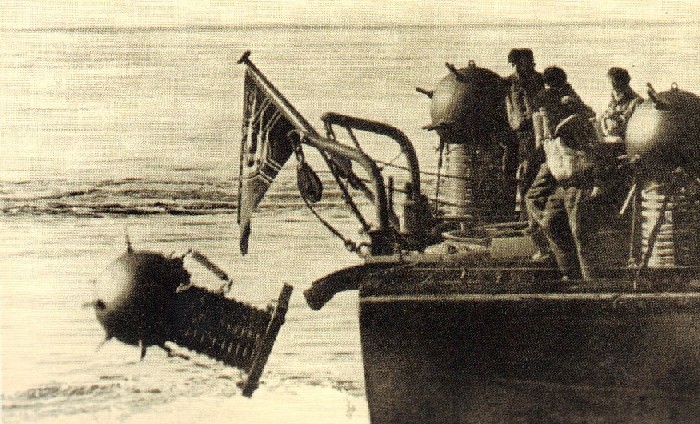 World War II Realtime Instagram Account World War II Realtime Instagram Account
|
|
lordroel
Administrator
Member is Online
Posts: 67,966 
Likes: 49,370
|
Post by lordroel on Nov 22, 2018 17:02:01 GMT
November 22nd 1939
Europe is under the spell of the mystery of magnetic mines. In past days, the German ‘secret weapon’ had sunk several ships. The British were hastily trying to find solutions to deal with the weapon that ‘could win Germany the war’. For instance, the British were developing wooden minesweepers to bypass the magnetic mines. The wooden minesweepers would tow a metal ‘decoy ship’, which would detonate the magnetic mine at a safe distance after the wooden minesweeper passed the explosive safely. Actually, the British had already developed a non-magnetic vessel to do research on magnetic fields in the Atlantic Ocean. The ship, suitably named the ‘Research’ was made out of non-magnetic materials such as rope, copper and brass. Even the sailor’s uniforms were non-magnetic: ‘there wasn’t even a steel razor blade on board’. Those were instead made of glass. Photo: American non-magnetic ship the ‘Carnegie’, one of the predecessors of the ‘Research’, in 1913. 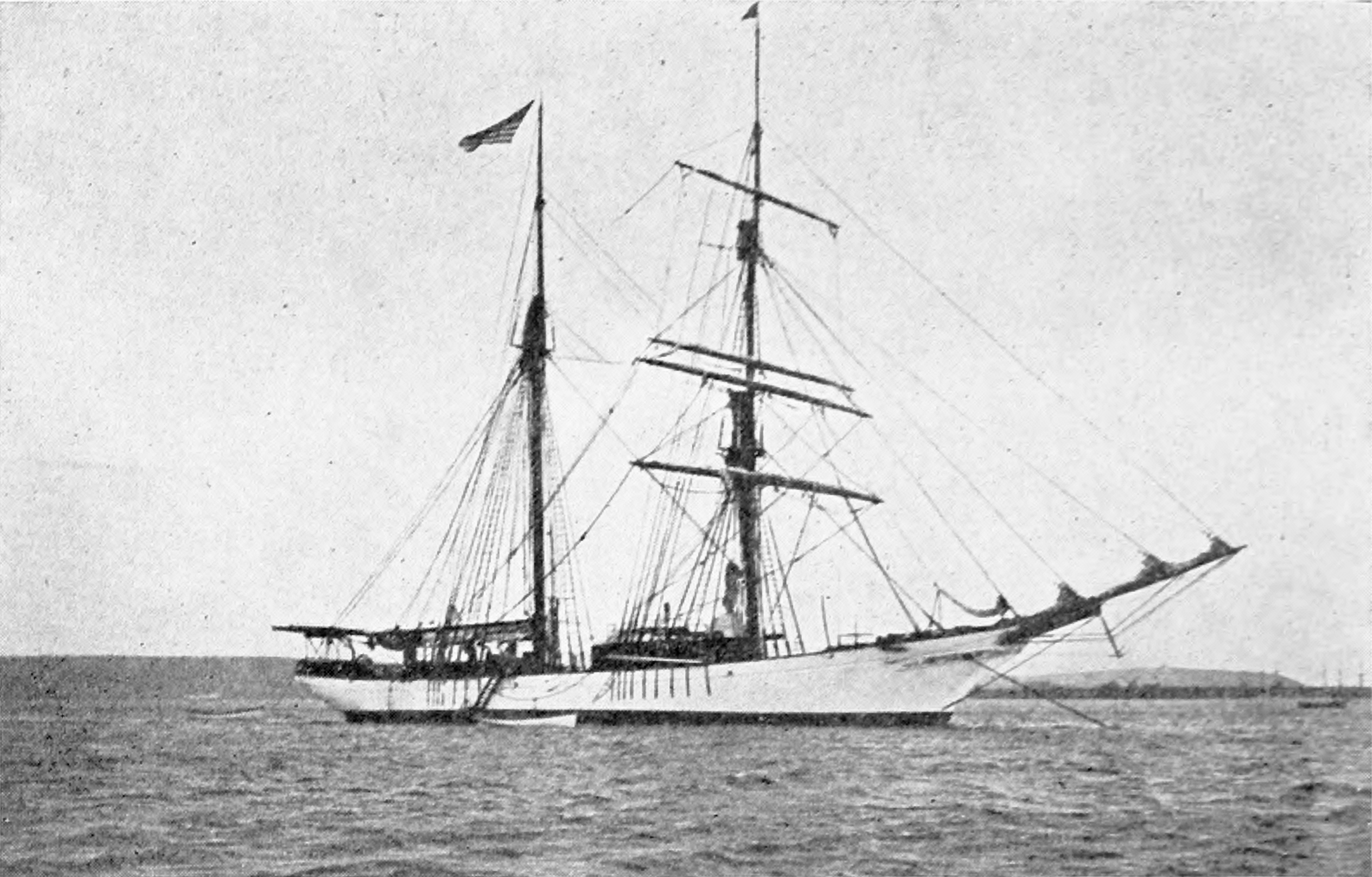 World War II Realtime Instagram Account World War II Realtime Instagram Account
|
|
lordroel
Administrator
Member is Online
Posts: 67,966 
Likes: 49,370
|
Post by lordroel on Nov 23, 2018 15:17:04 GMT
November 23rd 1939
Governor of the Central Government of Poland Hans Frank issued an order that required Jewish people over the age of 10 in the Central Government to wear a white band with a blue Star of David on their arm. A contemporary author described the measure as follows: it ‘succeeded more than anything else in bringing about the isolation of the Jews.’ Historian Amos Goldberg notes that these measures were already implemented in other parts of the occupied territories, even without an order from the central Nazi authorities: ‘a number of civilian and military authorities had already begun, of their own initiative, to mark the Jews.’ […] ‘This attests that the marking of the Jews existed as a latent fundamental pattern in Nazi code.’ In addition to the marking of the Jews, Jewish-owned businesses were labelled and Jewish Bank accounts were suspended. This was the start of excluding the Jewish populace from economic life in the Central Government. Photo:Young traders of the Warsaw Ghetto (1941).  World War II Realtime Instagram Account World War II Realtime Instagram Account
|
|
lordroel
Administrator
Member is Online
Posts: 67,966 
Likes: 49,370
|
Post by lordroel on Nov 24, 2018 18:24:40 GMT
November 24th 1939
|
|
lordroel
Administrator
Member is Online
Posts: 67,966 
Likes: 49,370
|
Post by lordroel on Nov 24, 2018 18:26:19 GMT
November 24th 1939The Japanese 5th Division captures the Chinese city of Nanning. Fighting started on the 15th of this month, when the Japanese landed on the Quinzhou Bay in the Guangxi Province in the South of China. The advance was pretty effective, forcing the Chinese to withdraw to Fangcheng County Town and later to the provinces capital Nanning. On this day, the Chinese 135th division withdrew from Nanning after the Japanese 5th Division, under command of Hitoshi Imamura, managed to cross the Yong River. The capture of Nanning was a big victory for the Japanese, since it was one of the major cities in southern China. The Japanese advance would continue northward in the direction of Kunlun pass. Photo: Chinese soldiers wearing gas masks and armed with a Czech ZB vz. 26 light machine gun. Date unknown.  World War II Realtime Instagram Account World War II Realtime Instagram Account
|
|
lordroel
Administrator
Member is Online
Posts: 67,966 
Likes: 49,370
|
Post by lordroel on Nov 25, 2018 15:41:36 GMT
November 25th 1939
The International Olympic Committee President Henri de Baillet-Latour announces the cancellation of the 1940 Winter Olympics, which would have been held in Garmisch-Partenkirchen, Germany. The Olympics were originally planned to be held in Japan, but were cancelled already because of the on-going war between Japan and China. German submarine U-28 hits the British merchant ship SS Royston Grange (carrying general cargo and grain) with one torpedo. Royston Grange, sailing from Buenos Aires to Liverpool with convoy SL-8B, sinks about 50 miles southwest of Lands End. The crew are rescued by the trawler Romilly and taken to Swansea. Several hours later U-43 repeatedly attacks British steamer SS Uskmouth about 120 miles northwest of Cape Finisterre, Spain. Her first 2 torpedoes malfunction and then U-43 shells Uskmouth with her deck gun. At 11 PM, U-43 fires another torpedo which misses. They continue shelling (firing 149 rounds in total) until Uskmouth sinks at midnight. Two men die but the captain and 22 crew are rescued by Italian merchant vessel SS Juventus and landed at Ramsgate on 30 November. Photo: U-33, a typical Type VIIA boat. 
|
|
lordroel
Administrator
Member is Online
Posts: 67,966 
Likes: 49,370
|
Post by lordroel on Nov 26, 2018 15:48:35 GMT
November 26th 1939The Russian village of Mainila, close to the Finish border, is bombed by artillery. The Russians claim that the Finns bombed the village, but it turned out to be a false flag operation to legitimize any military and political action against Finland. The Soviet version of the incident is as follows: In the night of 26 November, a total of seven shots are fired by Finish artillery on Soviet troops stationed within a kilometer of Mainila. A total of four Soviet soldiers are killed and nine are wounded. In reaction, the Soviets move several army divisions to the Finish border. The Fins on the other hand, claim a day after the incident that the shots were fired from Soviet territory and that it was friendly fire that caused the casualties. Besides that, the nearest Finish artillery pieces were well outside the range of Mainila. The Soviets used this false flag operation to trigger domestic support for a military move against Finland. While the newspapers, as a part of the Soviet propaganda system, were fully committed to the Soviet story, the rural areas of the Soviet Union had doubts about the legitimacy of the Soviet claim. According to historian Malcolm Spencer, this incident perfectly shows the Soviet party’s ‘inability to mobilise the entire propaganda machinery to react in unison to such a controversial episode,’ with doubts within the rural populace as a result. Follow the Winter War in real time on this forum in the thread called: Winter War in real time
|
|
lordroel
Administrator
Member is Online
Posts: 67,966 
Likes: 49,370
|
Post by lordroel on Nov 27, 2018 16:45:15 GMT
November 27th 1939
United States The American Senate officially lifts the ban on weapons trade with belligerent nations. In a 67-22 vote, the senate overwhelmingly chose for a ‘less neutral’ approach to trade in times of war. In fact, the vote was not on a bill lifting the ban on arms trade with belligerent nations. The American Government had already proposed such a bill, which was yet to be approved by the House of Representatives. Instead, the vote was on a bill proposed by Senator Nye, which would reinstate the arms trade embargo and which would declare any American port off-limits for foreign arms-traders and belligerent submarines. The rejection of this bill shows the support of the laissez-faire approach to arms trade in American politics in the fall of 1939. At the same time, it shows how smaller groups in the USA tried to do everything in favour of neutrality – or in some cases even in favour of Germany. For example: a senator proposed to annex all overseas territories owned by Great Britain and France. Battle of the Atlantic
U-48 torpedoes the Swedish tanker SS Gustaf E. Reuter near Fair Isle off the Northeast coast of Scotland but fails to sink her. One man is killed but 32 others are rescued by the Royal Navy trawler HMS Kingston Beryl. SS Gustaf E. Reuter is taken under tow but she breaks up in a gale overnight. Photo: U 48 in Kiel 1940. 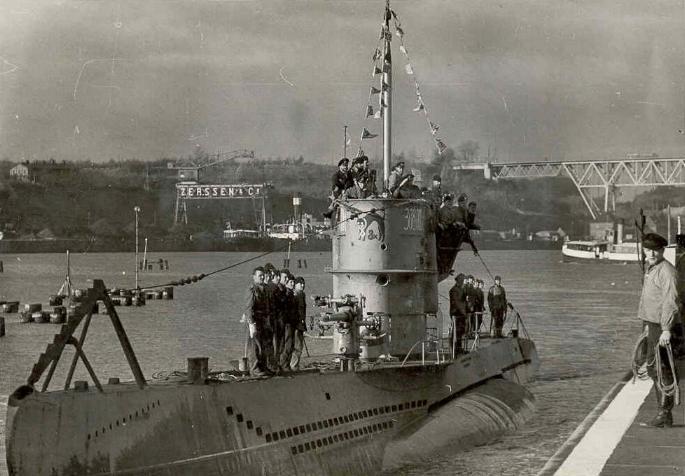 Photo: Swedish Tanker E. Gustaf E. Reuter 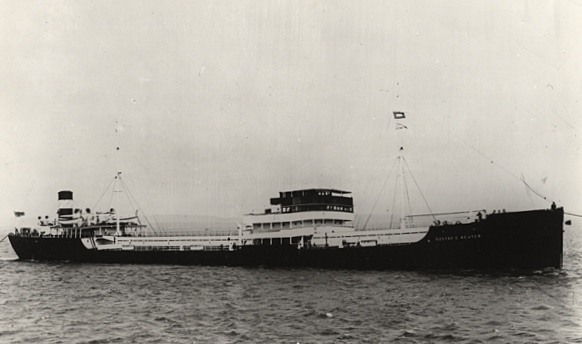
|
|
lordroel
Administrator
Member is Online
Posts: 67,966 
Likes: 49,370
|
Post by lordroel on Nov 28, 2018 14:53:04 GMT
November 28th 1939From World War II Realtime Instagram Account
The phoney-war was still going on in the West. This photograph was taken on this day in 1939. It shows soldiers of the British Expeditionary Force and French Air Force personnel sitting outside a dugout named '10 Downing Street' on the edge of an airfield. During the phoney war, the BEF was mainly busy training and building defences along the Franco-Belgian border. Commander of the British Expeditionary Force in France John Gort even instructed new arrivals that ‘it is desirable to allot 50% of the available time to training, as against 50% to work on defences’. This instruction was maintained in the fall of 1939 despite Allied supreme commander Gamelin’s plan to abandon defences on the Franco-Belgian border and rush to positions on the Dyle River in Belgium instead in case of a German invasion. Photo: British Expeditionary Force and French Air Force personnel sitting outside a dugout named '10 Downing Street' on the edge of an airfield.  Battle of the Atlantic Battle of the AtlanticIn the North Sea, Royal Navy trawler HMS Kingston Beryl scuttles the stern section of SS Gustaf E. Reuter which was torpedoed by U-48 on November 27.
|
|
lordroel
Administrator
Member is Online
Posts: 67,966 
Likes: 49,370
|
Post by lordroel on Nov 29, 2018 15:50:29 GMT
November 29th 1939
From World War II Realtime Instagram Account
Adolf Hitler issues Directive No. 9 in which he outlines his plan to beat Great Britain in an economic war. He describes Great Britain as ‘the fighting spirit of the enemy and the leading enemy power.’ ‘The defeat of England is essential to final victory. The most effective means of ensuring this is to cripple the English economy by attacking it at decisive points,’ Hitler writes in the directive. The plan includes the how he envisioned this should be carried out. The Germans would blockade and mine all major British ports and destroy merchant shipping and their convoys on the seas. Additionally, British depots, storage of foodstuffs, oil and grain should be destroyed. Lastly, the transport of British troops to the European mainland should be stopped. Practically, this meant increasing production of mines and also aircraft and destroyers to lay mines. Remarkable about this directive is that it doesn’t really add anything to the German plans. Besides showing his intention to eventually wage war with Great Britain, Hitler doesn’t bring anything new to the table in this brief directive. The Germans were already targeting British merchandise shipping with their navy and mines and they were already increasing the production of mines. Battle of the Atlantic
U-35 is brought to the surface in the North Sea by a concerted depth charge attack involving British destroyers HMS Kingston, Icarus and Kashmir. The submarine crew scuttles U-35 but all 43 men survive and are interred briefly at the Tower of London and before going to P.O.W. camps. Photo: HMS Kingston. 
|
|
















